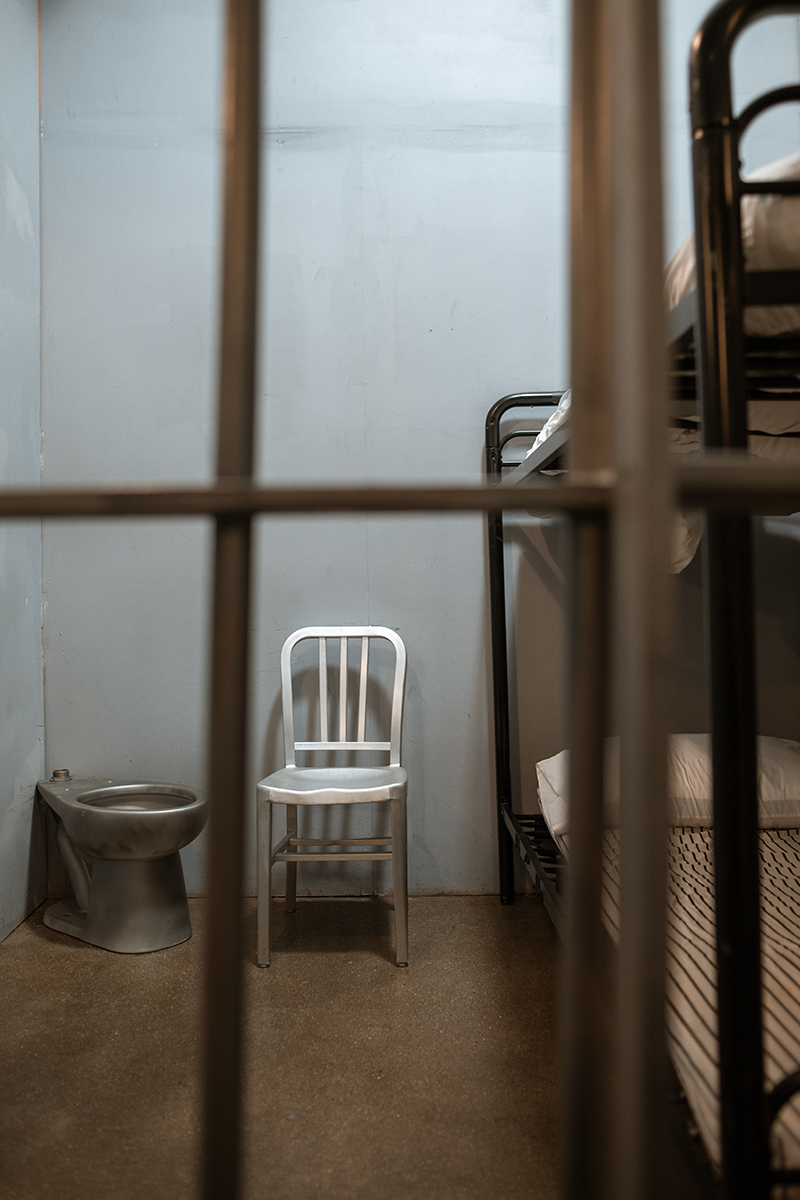Historically, an inmate serving a 25 to life sentence for murder is eligible for parole review 13 months prior to their 25th year in custody, adjusted for time in custody prior to sentencing. This is known as the Minimum Parole Eligibility Date (MEPD).
After the passage of Prop 57, the California Department of Corrections and Rehabilitation (CDCR) implemented a policy allowing violent inmates to apply good time credits to their time in custody prior to serving their minimum sentence, thus accelerating their MEPD.
Good time credits for non-violent offenders range from 50 to 66.6 percent of their sentence, while for violent offenders it can range from 33.3 to 50 percent. Credits can be earned through participation in work programs, education, and in rehabilitation programs. Even inmates who are willing to participate, but are waitlisted or pending transfer, are eligible. Gov. Newsom even granted every inmate credits for their time served during COVID.
These revised credits for early MEPD are in addition to early parole eligibility now being offered to youthful and elderly violent offenders. In the case of youthful offenders who were under the age of 26 at the time of their offense, parole eligibility can come after serving 15 years while “elderly” offenders as young as 50 can be released after serving just 20 years. Ironically both age demographics show an increasing criminality trend.
The bill’s proponents cite data from the California Committee on Revision of the Penal Code from 2011 to 2019 showing that just .5 percent of inmates approved for release by the Board of Prison Hearings (BPH) re-offended. However, those statistics are based on rules that are not in force today.
The CDCR rules allowing expanded credit earning opportunities took effect in 2021. From 2021 to 2023, the last full year of statistics reported, violent crime rose 9.6 percent and property crime increased 4.3 percent. In 2022, the number of offenders sentenced to state prison reached 30,062 – a six year high. And many have been to prison before.
According to the CDCR’s own three-year recidivism study published in February 2024, 66.7 percent of former inmates are rearrested, 41.9 percent are reconvicted, and 16.8 percent are returned to prison. The re-arrest statistics have remained remarkably steady for the last ten years and reconvictions have dropped just 4 percent. Yet returns to prison have declined 10 percent. Despite this, as of March 2025, the state prison population stood at 90,696 — of which 75,772 offenders were serving sentenced for “crimes against persons,” including 22,521 for first or second degree murder, and manslaughter. The remainder were serving for a litany of offenses including assault with a deadly weapon, rape, sodomy, with an incredible 9,563 doing time for lewd acts with children.
In 2023, the Criminal Justice Legal Foundation filed suit in Sacramento County Superior Court “challenging regulations issued by the Newsom Administration that will speed up the release of 76,000 prison inmates. They, along with individual victims of crime and victims’ family members, challenged the regulations on the ground that they conflict with statutes enacted by the Legislature and that Proposition 57 does not authorize CDCR to contradict statutes.” As a result a number of violent offenders eligible for release have continued to remain in custody.
CDCR has appealed the decision and AB 622 is intended as a legislative “fix” to bypass the court’s decision and continue the misapplication of Prop 57 to violent offenders – that’s almost everyone in prison today.
With the exception of the 576 inmates sentenced to death and 5,154 serving life without parole, every inmate stands to benefit from CDCR’s Prop 57 expanded release regulations and AB 622 will accelerate that process.
Steve Smith is a senior fellow in urban studies at the Pacific Research Institute, focusing on California’s growing crime problem.

